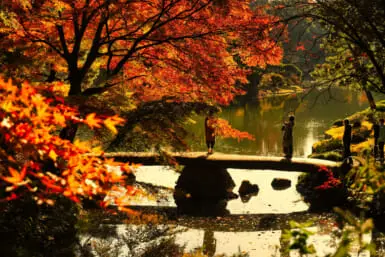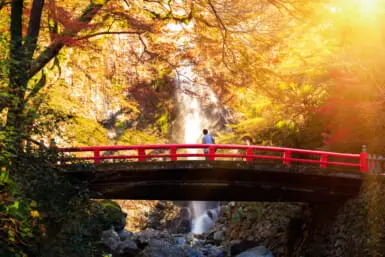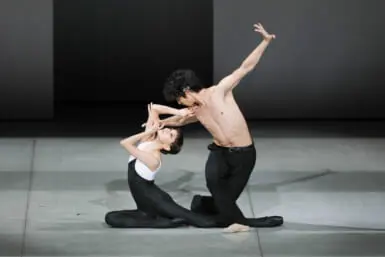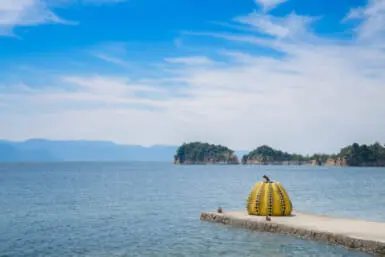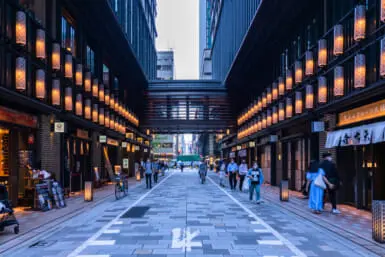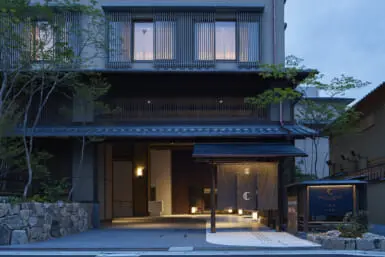Nestled along the Sea of Japan’s coastline, the Wakasa area of Fukui is laden with rich history, natural beauty and spiritual allure. Wakasa offers a captivating blend of experiences that will leave a lasting impression, and now, thanks to the completion of the Hokuriku Shinkansen, exploring the area has never been easier. Let’s take a look at some lesser-known spots of Wakasa that are well worth a visit. (If you want to see all of these locations within one day, renting a car is recommended to explore the area.)

Jinguji Temple
Steeped in history, Jinguji Temple is one of the “Eight Temples of Obama” — eight illustrious spiritual locations in the port city of Obama. Its main hall, which was rebuilt in 1553, is a designated Japanese Important Cultural Property. Jinguji stands out from Obama’s temples due to its unique history, functioning as a place of worship for both Shintoism and Buddhism.

One of its most standout features is its holy water well located near the main hall. This well holds a special connection to Nara’s Todaiji Temple: Every March 2, after a special water purification ceremony, water from the well is transported to a nearby river and offered up. It is then said to travel all the way down to Nara where, 10 days later, it is used in a water-drawing ritual at Todaiji.
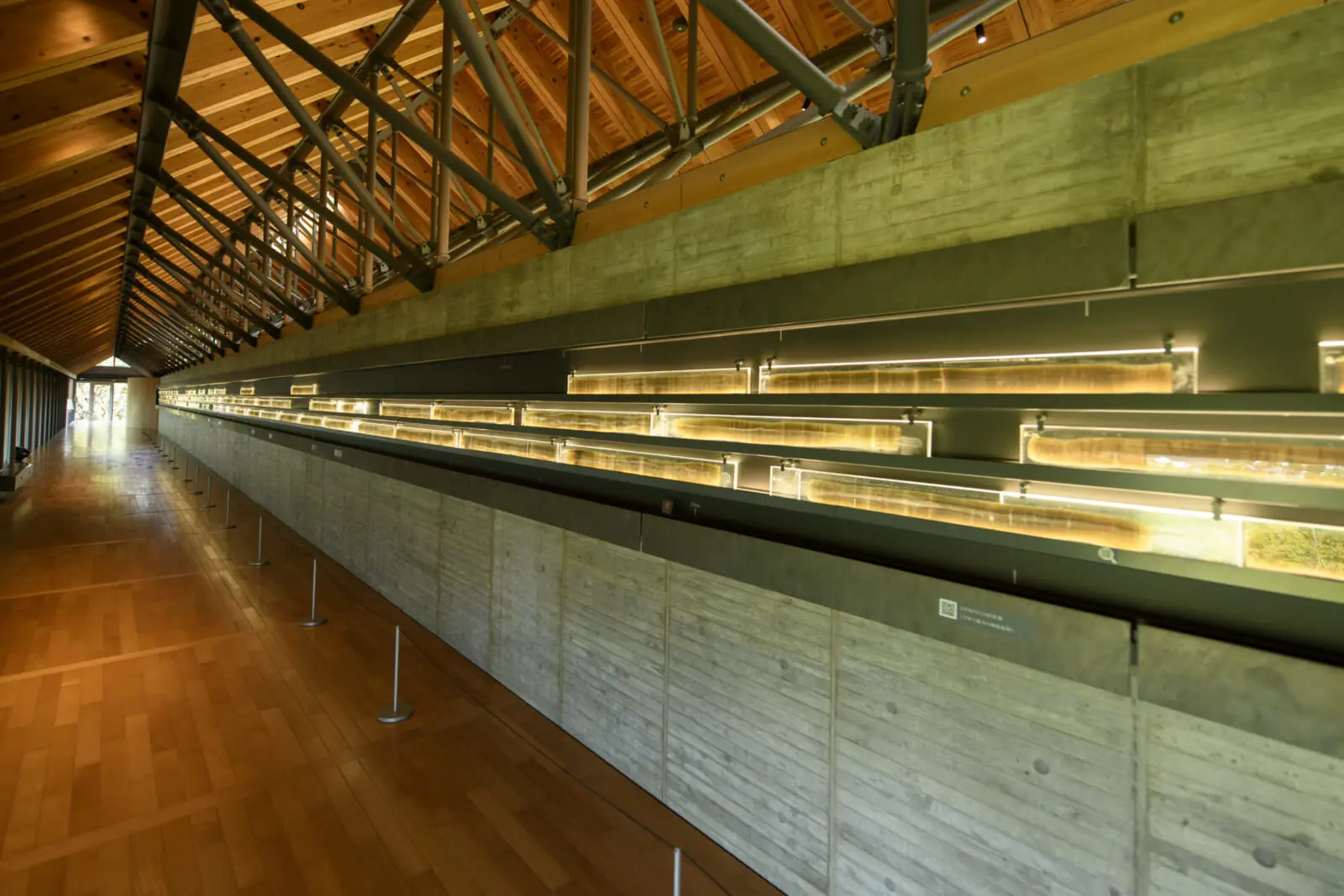
Fukui Prefectural Varve Museum: A Look into 70,000 Years of History
Located in Wakasa, Fukui’s Varve Museum is a fascinating peek into thousands of years of history and the environment that shaped it. Varves, which are essentially a pair of light and dark sediment layers that form at the bottom of a lake over a year, give researchers a record of years prior. For the majority of lakes, many factors — such as aquatic life, large sediment deposits or being connected to a river — can disrupt varve readings. However, thanks to the unique, near-miracle-like conditions of the nearby Lake Suigetsu, the varves in Fukui allow researchers to look back as far as a whopping 70,000 years.
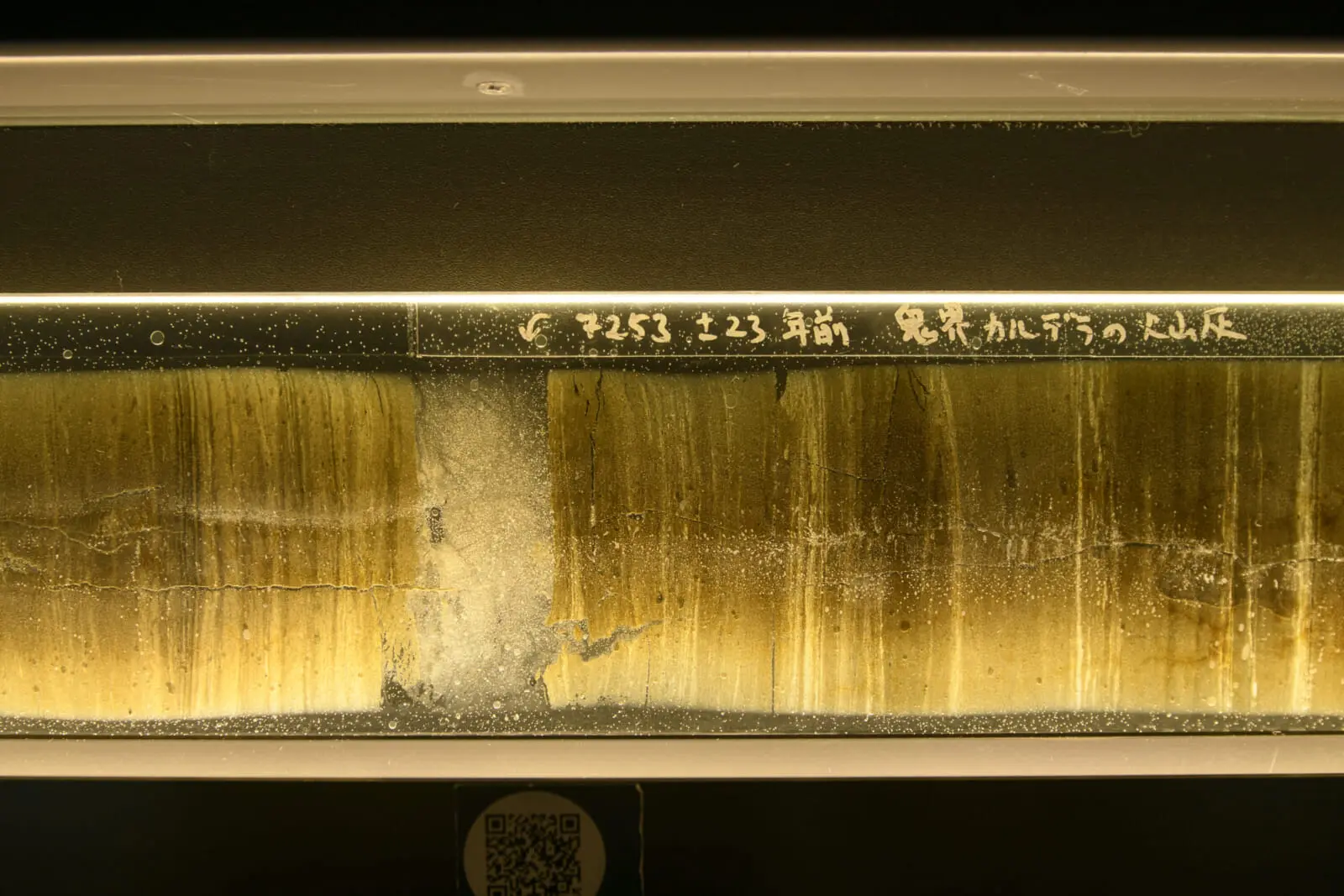
Full-size varve samples, carefully excavated from the lake bed, are displayed throughout the museum and backlit so they can be seen clearly. Examining them closely, viewers will note that they’re occasionally sprinkled with thicker lines than others. This can indicate a disaster of some sort, which led to multiple years of varves becoming disrupted. Depending on factors such as coloration and texture, researchers can know the type of natural disasters and when they happened. Not only is the precision of this process extremely accurate, aligning with historical records of major earthquakes or volcanic eruptions, but it goes far beyond the historical records of humans, providing unique data that can only be found in Fukui.

Myotsuji Temple
Stepping onto the grounds of Myotsuji Temple, located in the mountains of Obama, one can immediately feel the shift in the air. The area around the temple is rich with history, and the atmosphere is quiet and calming. The main features are the temple’s main hall and the accompanying three-story pagoda beside it, both designated as Japanese National Treasures.
As you enter the main hall, the altar comes into view. In the center, a statue of Yakushi Nyorai, the Buddha of Medicine, is seated. While the statue is believed to have been carved in the late Heian period, around 1,000 years ago, the pristine condition of the piece is striking.

Although Myotsugi Temple is less than an hour away by car from the recently completed Hokuriku Shinkansen at Tsuruga Station, with its mossy rocks, relaxing koi fish, and abundant history, visiting this venerated spot makes it easy to take a step back in time.


